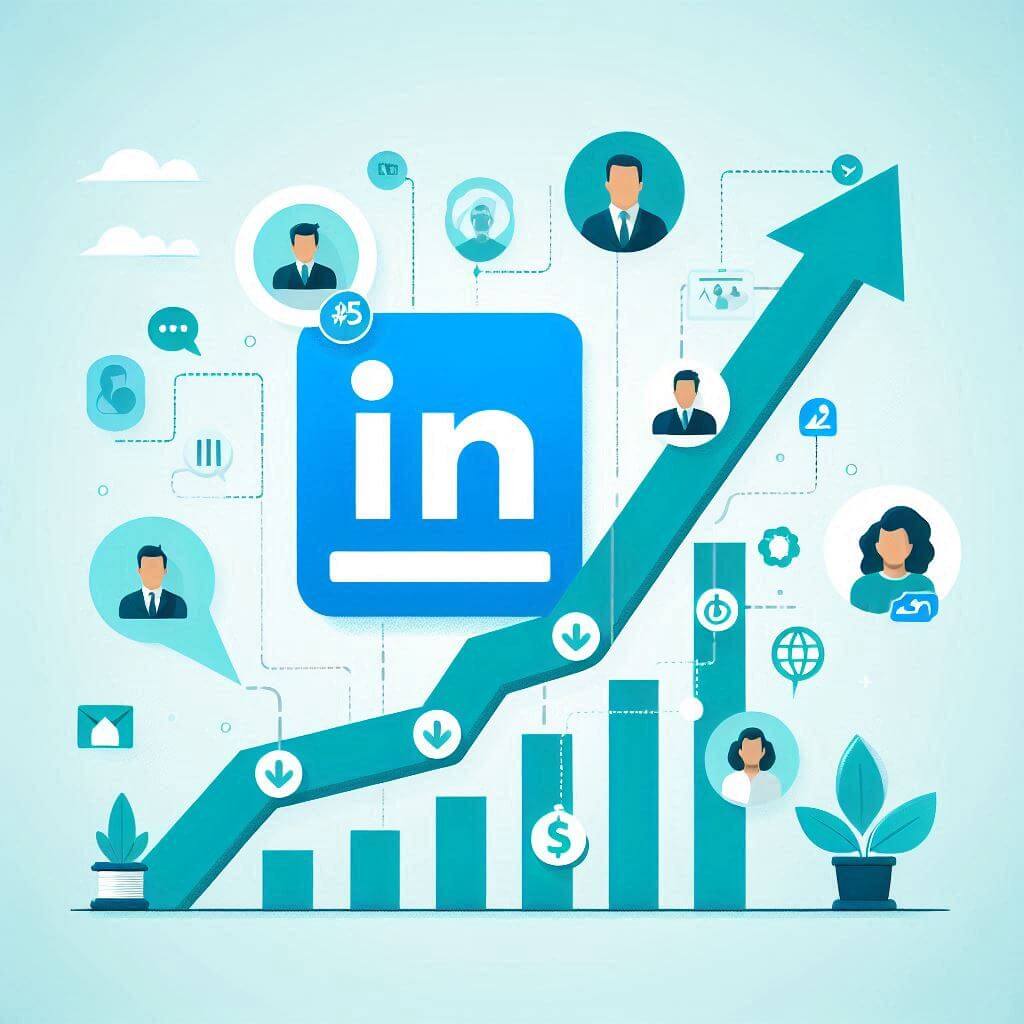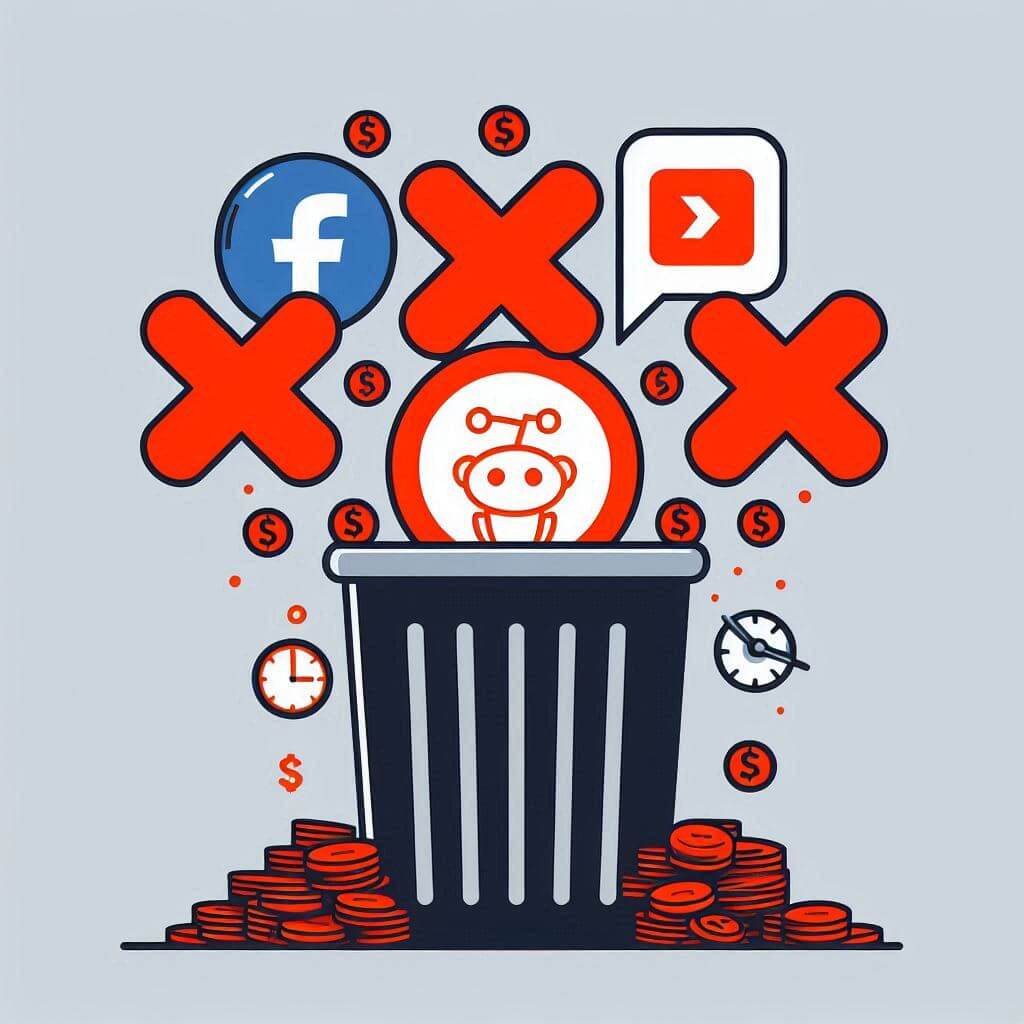The Real Guide to Webinar Promotion: What Actually Works
The same recycled webinar promotion advice keeps circulating, but most of it doesn't work in 2025.
Most webinar promotion articles read like someone googled "marketing channels" and made a list. The reality? Most successful webinars get 70-80% of their attendees from just 3-4 channels done really well.
Here's what actually moves the needle.
The Foundation: Your Email List (Still King)

Let's be honest - your email list will drive 40-60% of your webinar attendees. If you don't have one, build it first. Everything else is supplementary.
What works:
- Send 3-4 emails: announcement, reminder, final call
- Include social proof from past webinars
- Be specific about takeaways, not just topics
- Use urgency (limited spots) only if it's true
LinkedIn: The Only Social Platform That Actually Converts

LinkedIn is where professionals go to learn. Unlike other platforms, people actually expect and engage with business content.
Tactics that work:
- Create a LinkedIn Event and invite your network personally
- Post 2-3 times per week leading up to the webinar
- Share behind-the-scenes content about your prep
- Use LinkedIn's native video for higher engagement
- Join industry groups, but build relationships first
Pro tip: LinkedIn Events are shareable. Your attendees can share the event with their networks, creating organic reach.
Strategic Partnerships: The Multiplier Effect

One partnership with the right person can bring more attendees than months of social media posting.
How to do it right:
- Find complementary creators with similar audience sizes
- Offer genuine value to their audience, not just cross-promotion
- Co-host with industry experts who have their own following
- Guest on relevant podcasts 2-3 weeks before your webinar
Reality check: This takes time. Start building relationships months before you need them.
SEO-Optimized Landing Pages: The Long Game

Most webinar creators ignore SEO, but a well-optimized landing page can drive consistent organic traffic.
What to include:
- Target keywords like "[topic] webinar" or "learn [skill] online"
- FAQ section addressing common concerns
- Speaker credentials and social proof
- Clear value proposition above the fold
Bonus: This page becomes an evergreen asset you can reuse for future webinars.
Retargeting: Converting the Almost-Convinced

If someone visited your website but didn't register, they're already interested. Retargeting is often your highest-converting channel.
Set up retargeting for:
- Website visitors who didn't register
- People who engaged with your LinkedIn posts
- Past webinar attendees (for new topics)
- Email subscribers who didn't open your webinar emails
What Doesn't Work (And Why Everyone Still Recommends It)

Reddit: Unless you're a regular contributor, promotional posts get buried or banned. The ROI rarely justifies the time investment.
Facebook Groups: Most are either dead or so promotional they're useless. The golden age of Facebook groups was 2018-2020.
Cold Outreach: Feels desperate and often backfires. Warm outreach to past attendees works better.
Spray-and-Pray Social Media: Posting the same webinar link across 10 platforms dilutes your message and wastes time.
The 80/20 Rule for Webinar Promotion
80% of your results will come from:
- Your email list
- LinkedIn organic + paid promotion
- Strategic partnerships
- Retargeting campaigns
20% can come from:
- SEO-optimized content
- Speaking at other events
- Podcast guest appearances
- Industry newsletter mentions
Budget Reality Check
Minimum viable promotion budget: $500-1,000 for a business webinar
- $300-500 for LinkedIn ads
- $200-300 for retargeting
- $100-200 for design/landing page tools
If you have zero budget: Focus entirely on email list building and LinkedIn organic content. Skip everything else.
Timeline That Actually Works
4 weeks before:
- Create landing page and registration system
- Start teasing content on LinkedIn
- Reach out to potential partners
2 weeks before:
- Send first email to your list
- Launch LinkedIn ads
- Set up retargeting pixels
1 week before:
- Send reminder email
- Increase social media frequency
- Follow up with partners
Day of:
- Final email blast
- LinkedIn post with urgency
- Personal messages to key contacts
The Uncomfortable Truth
Most webinars fail not because of poor promotion, but because:
- The topic isn't compelling enough
- The presenter lacks credibility
- The value proposition is unclear
- The timing is wrong for the audience
Before you worry about promotion channels, ask yourself:
- Would I attend this webinar if someone else was hosting it?
- Is this solving a real, urgent problem?
- Do I have the credibility to teach this topic?
Final Thoughts
Stop trying to be everywhere. Pick 3-4 channels that match your audience and your capacity. Do them consistently and well.
The creators who consistently fill their webinars aren't using secret channels - they're building genuine relationships, creating valuable content, and promoting strategically.
Your promotion strategy should match your business stage:
- Starting out: Email list + LinkedIn organic
- Growing: Add partnerships and basic retargeting
- Established: Scale with paid ads and advanced automation
Most importantly, track what works. Every audience is different, and what works for someone else might not work for you.
The goal isn't to get the most registrations - it's to get the right people who will actually show up and engage.
Want to go the extra mile? Reward your attendees with a verifiable certificate using Certfusion. It makes your webinar feel more like a professional event—and boosts post-event sharing.
Table of Contents
Related Articles
Discover more insights and stories that might interest you
